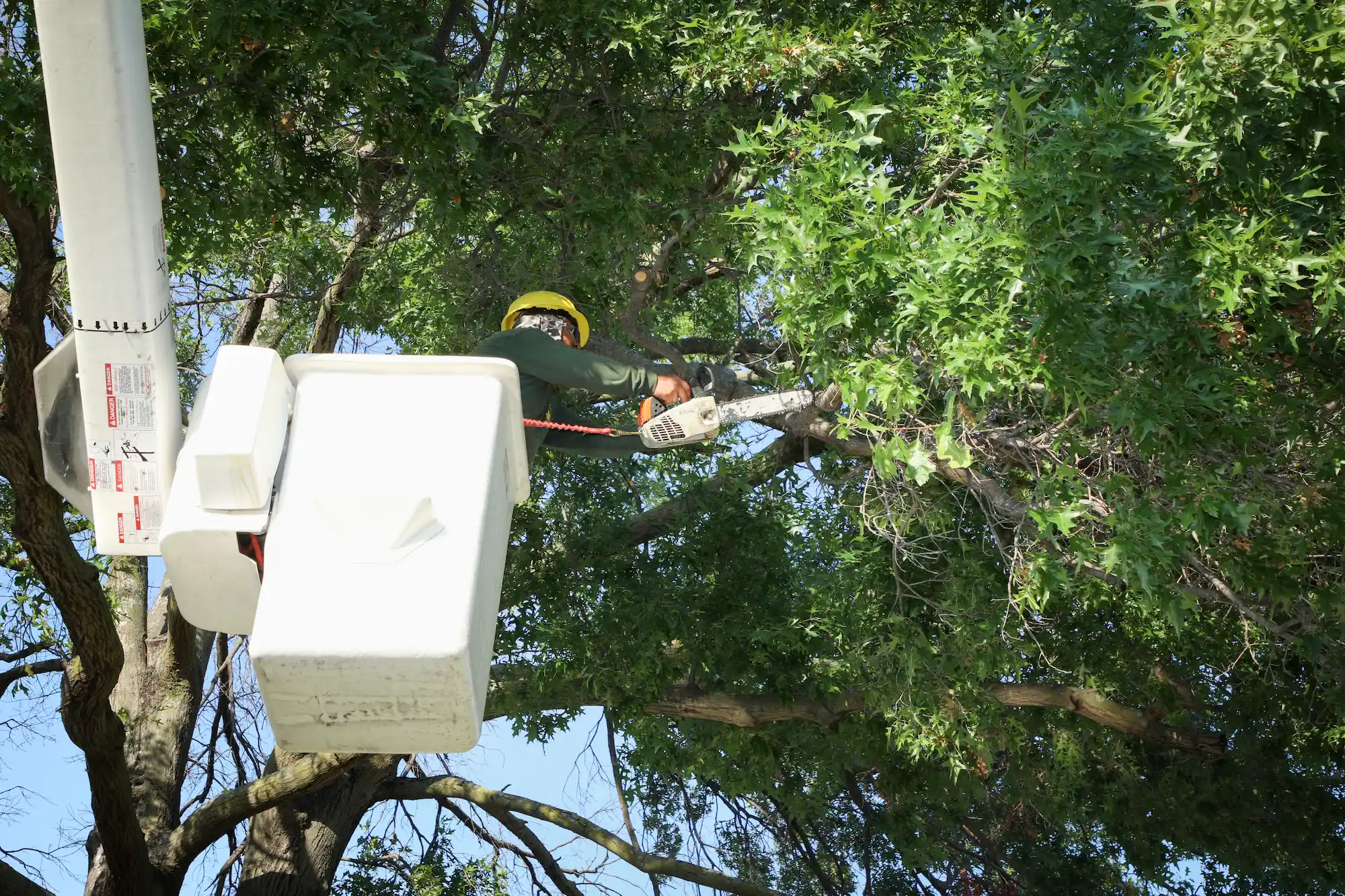Whether you’re aiming to inform, entertain, or inspire, writing a blog post involves a combination of creativity and structure. To begin, it’s essential to understand your target audience and choose a topic that resonates with them. The next step is to create engaging, informative, and well-organized content that keeps readers engaged and coming back.
Choose your Topic
In order to choose a topic, other than its relevance, you need to know your audience. What does your audience want to know? What problems need solving? What questions need to be answered? It’s our job to know exactly what the audience wants.
Optimize for SEO – Search Engine Optimization
SEO involves optimizing a website to enhance its visibility and ranking on search engine results pages, increasing organic traffic. Once you have decided your topic, you may utilize organic terms for your blog.
- Keywords: Include keywords naturally throughout your blog (especially in the title, introduction, and conclusion).
- Keywords: Convert online search traffic into customers; build awareness by generating higher quality leads.
- Consider related searches that may increase potential awareness of your website’s blog.
- Identify relevant topics and patterns or related search terms.
- Meta Description: Write a brief meta description summarizing your post. This appears on the search engine result pages and should entice people to click.
- Internal & External Links: Link related articles on your blog. Most blogs do at least 2 internal links, and 3 credible external links (e.g. “.org” or “.edu” or “.gov” are recommended). This helps your post rank better.
Create a Catchy Title
Once the topic and keywords have been chosen, it’s time to create a catchy title.
Your title is what will draw readers in. Make it clear, intriguing, and relevant to the topic. Consider using organic keywords relevant to your topic – this will help increase chances of helping your SEO.
Research Your Topic
Gather information and resources to provide valuable insights. Make sure you check reliable sources if you’re using facts, statistics or quotes. Look at other blogs on similar topics. This will give you a sense of the tone, style, and what’s already been covered.
Write an Engaging Introduction
Start with a hook – something interesting that draws the reader in. It could be a question, a surprising fact, or even a personal anecdote. Clearly state what your blog will be about and why it’s valuable for the reader. Address the topic of interest by stating a problem or a fact.
Organize Your Content
It is crucial to have your content organized. It consists of having a structure, paragraphs and even lists. Having organization can help you with the structure of your blog.
- Structure: Break your content into manageable sections. Use headings and subheadings to make the text easier to read.
- Paragraphs: Keep your paragraphs short and to the point, aim for clarity.
- Be informative and engaging: Offer value to your readers with practical advice or detailed explanations.
- Use a conversational tone: Make your writing accessible and relatable, as if you’re having a conversation with your readers.
- Lists: Bullet points or numbered lists are a great way to break down information and make it easy to digest.
Make sure to have a conclusion that states the following: Address the solution to the issue or question and mention alternatives or solutions that solve the initial interest. Your conclusion should summarize the key points you’ve made. Make relevant content of the blog and encourage interaction.
Wrapping Up
It is important to consider final touches such as including visuals; add images or videos to illustrate your points. Visuals make the post more engaging and break up the text. Edit and proof read; check for grammar, spelling, and punctuation mistakes. Ensure your writing flows logically and is easy to understand. Ask someone else to read the post before publishing to get feedback.
Publish and promote; once you’re happy with the post, hit publish! Share your blog post on social media platforms or via other channels to reach a wider audience.
Happy Blogging!
By following these steps, you can write a blog post that’s both informative and engaging for your readers. Whether you’re writing for business or personal reasons, the key is consistency, quality content, and engagement with your audience.



















